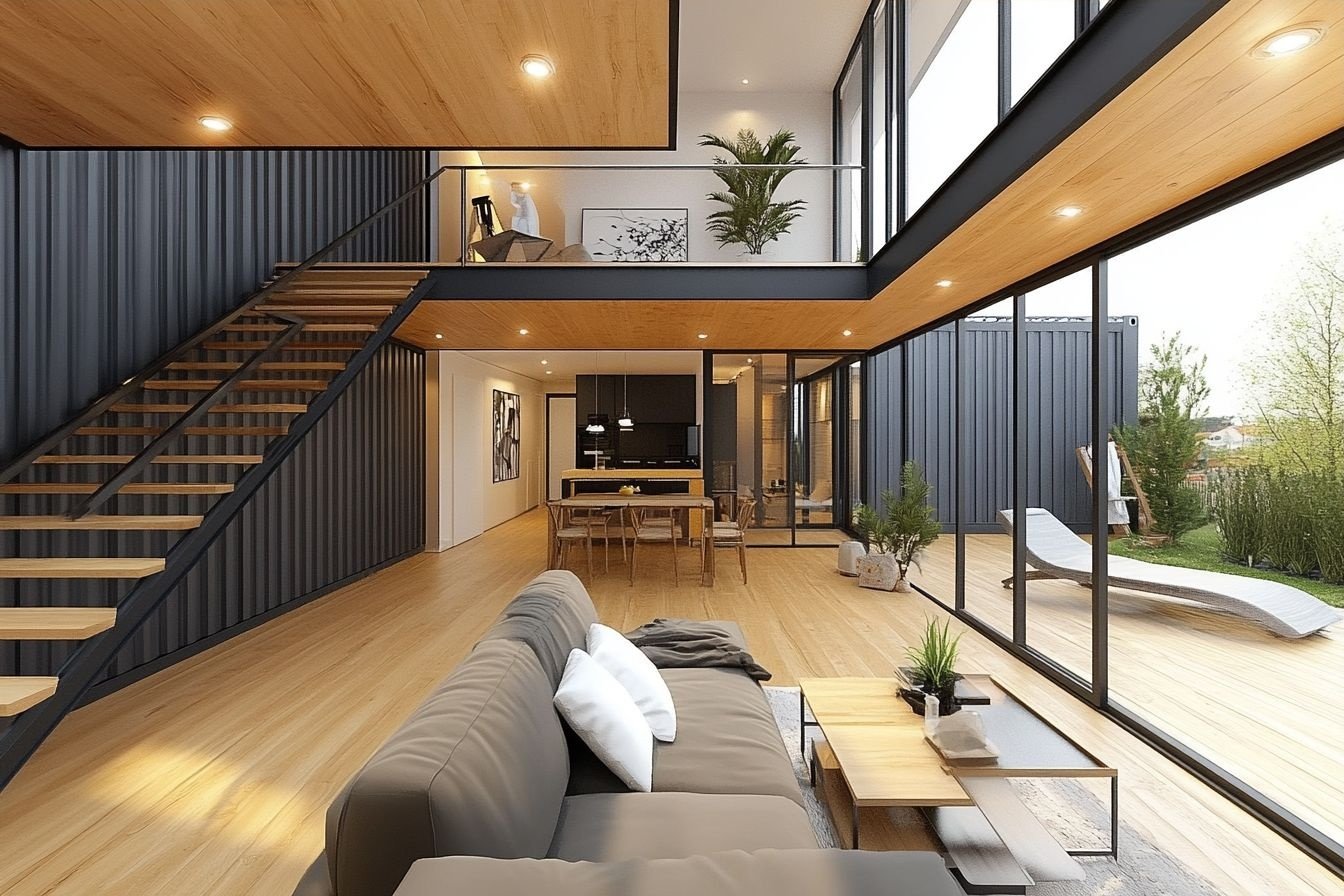Embracing Brutalist Chic: The Raw Beauty of Concrete in Home Design
The stark, unapologetic aesthetic of brutalist architecture is making a bold comeback in modern home design. Once synonymous with imposing government buildings and austere public spaces, concrete's raw beauty is now being celebrated in residential interiors. This trend, which we're calling "Brutalist Chic," is reshaping how we perceive and utilize this versatile material in our living spaces.

The Origins of Brutalism in Architecture
Brutalism, derived from the French term “béton brut” meaning “raw concrete,” emerged in the 1950s as a reaction to the ornate styles that preceded it. Pioneered by architects like Le Corbusier and Alison and Peter Smithson, the movement championed functionality, exposed materials, and geometric shapes. Initially popular for institutional buildings, brutalism fell out of favor in the late 20th century, often criticized for its perceived harshness and lack of human scale.
The Renaissance of Concrete in Home Interiors
Today, a new generation of designers and homeowners are rediscovering the appeal of brutalist elements in residential spaces. This renaissance is driven by a desire for authenticity, a rejection of overly polished interiors, and an appreciation for the inherent beauty of raw materials. Concrete, once hidden behind drywall and paint, is now taking center stage in living rooms, kitchens, and even bedrooms.
Texture and Tactility: The Sensory Appeal of Concrete
One of the most compelling aspects of Brutalist Chic is its tactile nature. Unlike smooth, uniform surfaces, concrete offers a rich tapestry of textures. From board-formed concrete that bears the imprint of wood grain to polished surfaces that gleam like marble, the material’s versatility allows for a wide range of sensory experiences. Designers are experimenting with aggregates, finishes, and coloring techniques to create unique concrete surfaces that beg to be touched.
Balancing Act: Softening Concrete’s Edge
While the raw power of exposed concrete is at the heart of Brutalist Chic, successful implementation of this style requires careful balance. To avoid creating spaces that feel cold or unwelcoming, designers are pairing concrete with warm, organic elements. Plush rugs, leather furnishings, and wooden accents provide a counterpoint to concrete’s hardness. Large plants and living walls introduce a vital splash of green, softening the industrial edge and improving indoor air quality.
Lighting: Sculpting Spaces with Shadow and Glow
Lighting plays a crucial role in Brutalist Chic interiors. The interplay of light and shadow on concrete surfaces creates dramatic effects, highlighting textures and creating depth. Designers are using a mix of ambient, task, and accent lighting to sculpt spaces and create atmosphere. Pendant lights with geometric shapes complement the angular forms of concrete, while warm-toned bulbs cast a soft glow that transforms cold surfaces into inviting focal points.
Functional Art: Concrete Furniture and Fixtures
The brutalist aesthetic extends beyond walls and floors to furniture and fixtures. Concrete sinks, bathtubs, and kitchen islands are becoming popular statement pieces, blurring the line between functionality and art. These elements often feature organic shapes that contrast with the linear forms of brutalist architecture. Concrete furniture, from coffee tables to bookshelves, adds sculptural interest while celebrating the material’s strength and versatility.
Color in Context: The Surprising Palette of Concrete
While gray is the color most associated with concrete, Brutalist Chic interiors are far from monochromatic. Designers are exploring the full spectrum of concrete’s color potential, from warm earth tones to cool blues and greens. Pigments mixed into the concrete create subtle hues, while stains and dyes can produce more vibrant effects. These colored concrete elements are often used as accents, creating focal points within a neutral palette.
The Technical Side: Innovations in Concrete
Advancements in concrete technology are fueling the Brutalist Chic trend. New formulations offer improved strength, reduced weight, and enhanced insulation properties. Fiber-reinforced concrete allows for thinner, more sculptural forms, while self-healing concrete promises increased durability. These innovations are expanding the possibilities for concrete in home design, allowing for more adventurous and sustainable applications.
Sustainability and Brutalist Chic
Contrary to its industrial roots, Brutalist Chic can align with sustainable design principles. Concrete’s thermal mass properties can contribute to energy efficiency, while its longevity reduces the need for frequent replacements. Recycled aggregates and alternative cementitious materials are making concrete more eco-friendly. Moreover, the trend’s emphasis on exposed structures reduces the need for additional finishes, potentially lowering a home’s overall environmental impact.
Embracing Imperfection: The Beauty of Weathered Concrete
As Brutalist Chic matures, there’s growing appreciation for the way concrete ages. Patina, cracks, and weathering are being celebrated as part of the material’s character. This embrace of imperfection aligns with the broader wabi-sabi aesthetic, finding beauty in the marks left by time and use. Some designers are even intentionally weathering or distressing concrete surfaces to achieve a lived-in look from the start.
In conclusion, Brutalist Chic represents a bold reimagining of concrete’s role in home design. By embracing the raw beauty of this versatile material, homeowners and designers are creating spaces that are at once striking and intimate, industrial and warm. As the trend evolves, it continues to challenge our perceptions of beauty and comfort in the home, proving that even the most unassuming materials can be transformed into something truly extraordinary.





